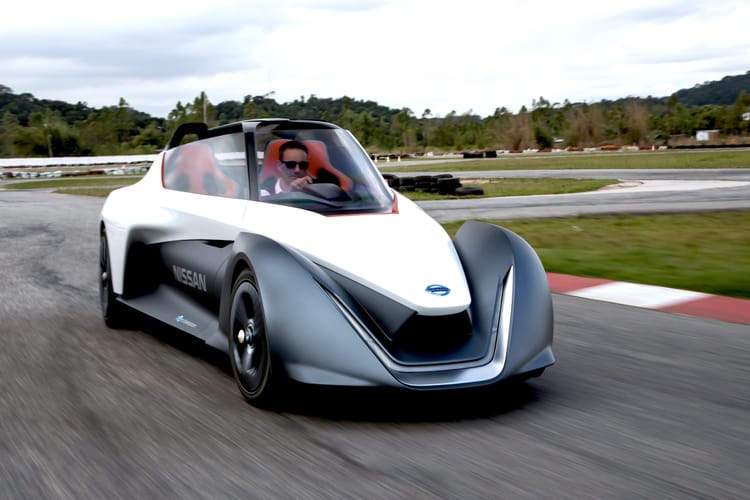Pininfarina Sigma and Aerodynamics 101
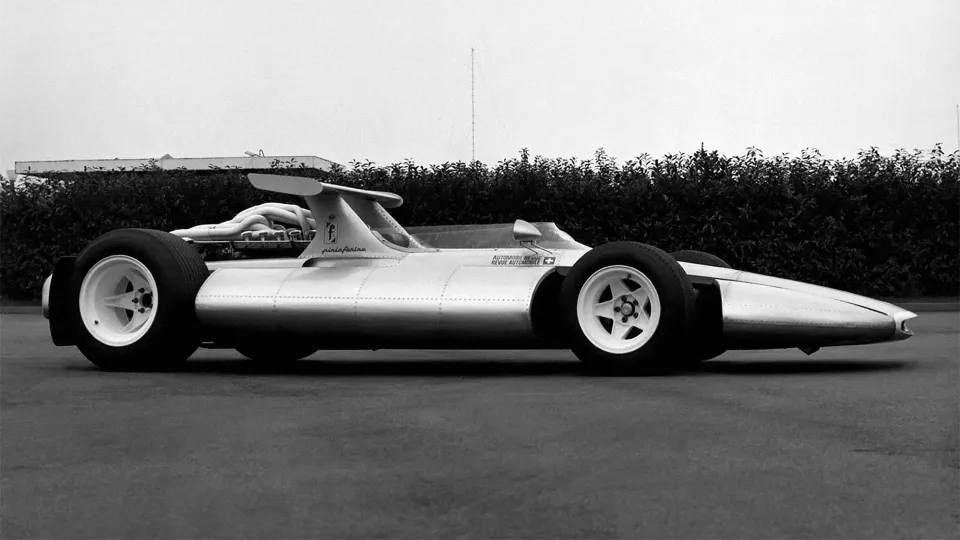
- Harry Schell
- Chris Bristow
- Alan Stacey
- Wolfgang von Trips
- Ricardo Rodríguez
- Carel Godin de Beufort
- John Taylor
- Lorenzo Bandini
- Bob Anderson
- Jo Schlesser
- Jim Clark
- Gerhard Mitter
Those are the Formula 1 drivers who died during races between 1960 and 1970. We have an amazing ability to be complacent, to tell ourselves that nothing will happen to us, that nothing will happen to our favourite driver because, well, they are different from the rest.
We lie to ourselves.
Enzo Ferrari, Mercedes-Benz, Fiat, Pininfarina, and Automobil Revue (Switzerland’s largest car magazine) were so close to the sport—and its deaths—in the 1960s that they were spurred into action.
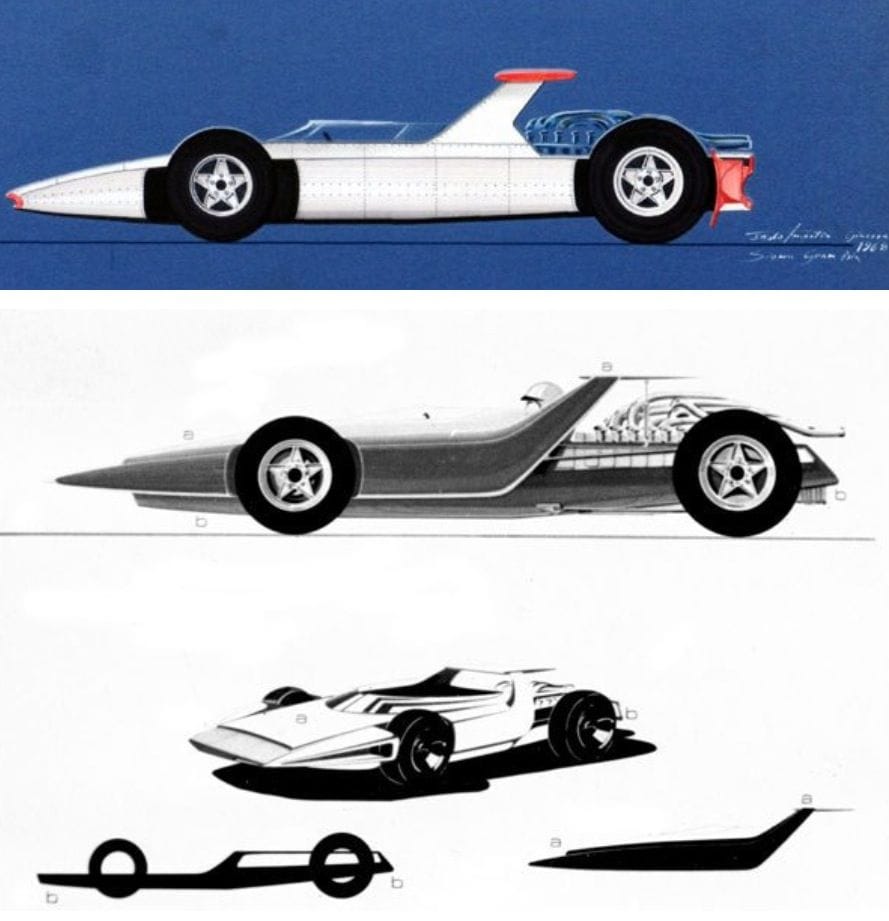
Campaigning to create a safer Formula 1 car to help reduce or eliminate deaths from the sport, Automobil Revue formed a team consisting of chief editor Robert Braunschweig, automotive writer Paul Frère, Sergio Pininfarina, and Ernst Fiala of the Berlin Technical University to figure out a solution. Other experts, including doctors, were also consulted.
In an era where many drivers still wore open-face helmets (American Dan Gurney introduced a full-face design in 1968) and regular citizens barely knew what a seatbelt was, making something safer was more of a gut feeling.
Without complicated computer modelling, crash tests, and the like, how do you stop a 200 mph missile—filled with high-test that was usually slung beside drivers—from killing whomever happens to be inside it when it hits something?
I suppose you start with a Formula 1 car chassis, which is what they did. Ferrari provided the project with a 312 chassis and V12 engine, and the team set to work.
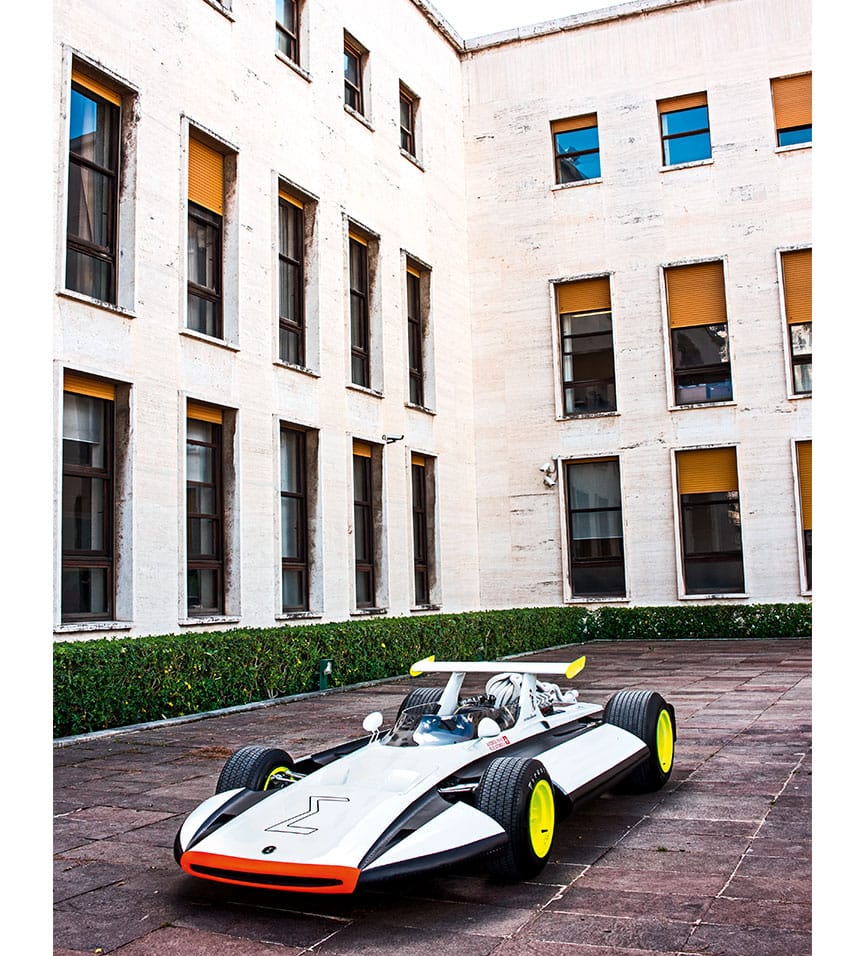
First step? Scale models. Designer Paulo Martin (Lancia Beta Montecarlo, Ferrari Modulo, Rolls-Royce Camargue) got to work, with wind tunnel models to verify if their ideas were going to work.
Second, after positive results from testing the scale models, the team set about building a structure from the existing chassis to form a safety bubble of sorts. From experimental “safety” road car concepts, the team knew that crumple zones would be beneficial, and so built an aluminum nose and tail structure.
They knew that fire was often the killer—if the driver was unlucky to not be dead after the initial impact—so two fire extinguishers, automatic fuel cut-off valves, and rubber bladder fuel tanks were fitted.
The car was extremely well thought out. Enclosed wheels not only stop cars from jumping one another, but help prevent spray during wet races. The central spoiler was really a roll bar in disguise, and a seatbelt tensioning system—complete with helmet attachments to keep a driver’s head in place like today’s mandatory HANS device—were also featured.
Road car items, including a telescoping steering column and a padded driver’s seat with head rest rounded out the package.
In those days, sadly, it would take more deaths—and mutinies by the drivers, who’d refuse to race if tracks hadn't upgraded their facilities—to introduce comprehensive, mandatory changes to the rules in order to protect drivers.


Pininfarina Sigma and Pininfarina H2 Speed Concept • Pininfarina
Professor Sid Watkins’ book, Life at the Limit, is great reading on this subject and filled with stories you’ll never read otherwise. Though it covers a period from about 1974, there’s enough historic information and perspective to give you an idea of how far racing has come.
But not far enough. Everyone involved with racing (it doesn’t matter at what level) must put driver safety ahead of the sport.
Maybe a car that’s impossible to crash — or one safe enough to keep a driver injury-free in any type of crash — won’t be fast enough, but I’d like to see it attempted.
After all, many of the 1969 Sigma concept’s features that have since been adopted have helped save lives. It's time for Sigma II.
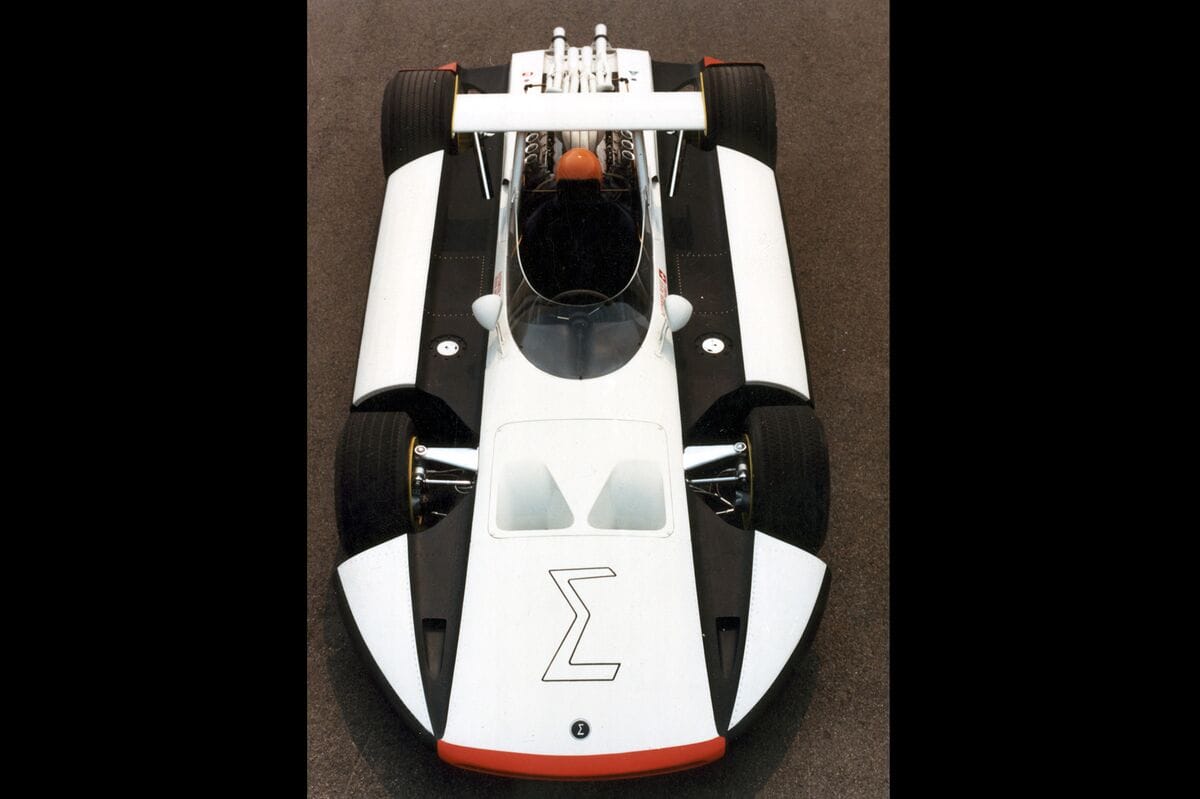
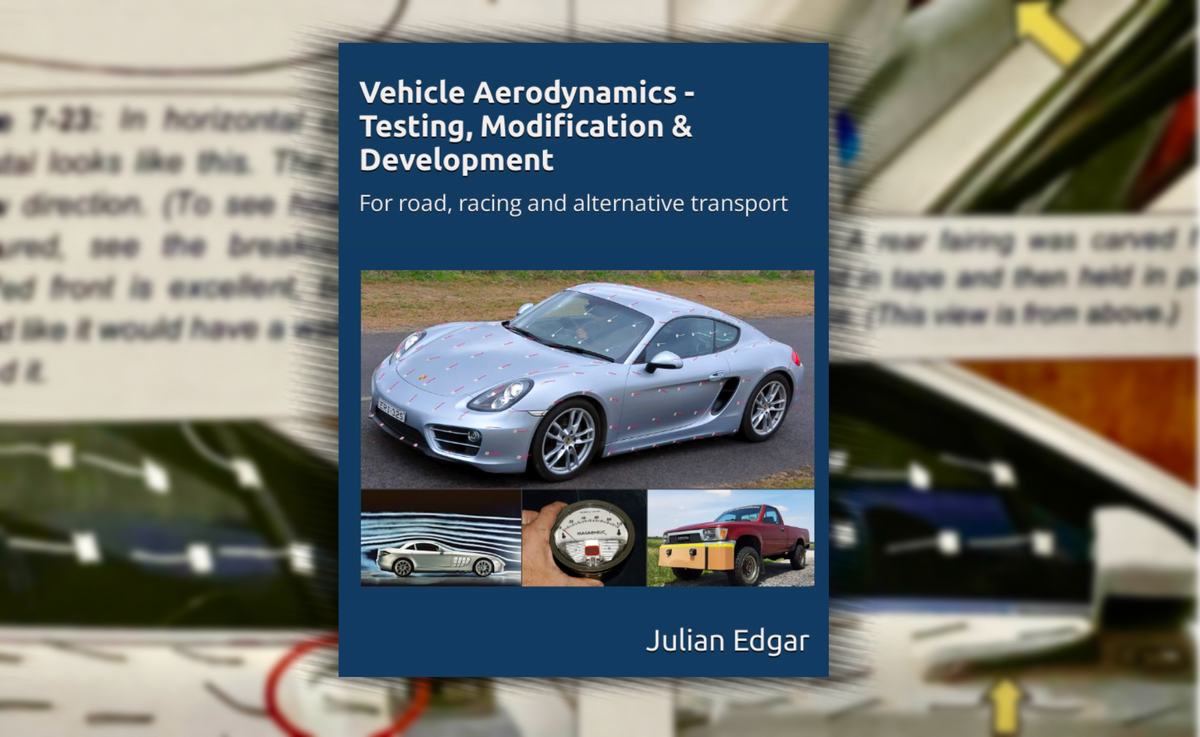
Looking for another kind of car book? Read my review of Vehicle Aerodynamics - Testing, Modification & Development by following the link above! Learn about and apply Julian Edgar’s aerodynamic lessons to your projects.





